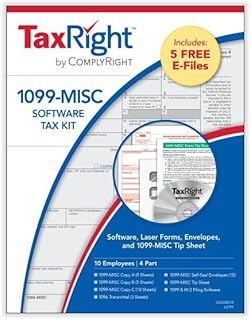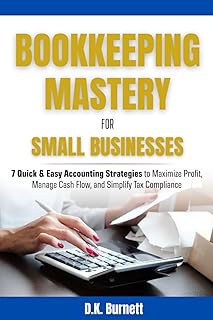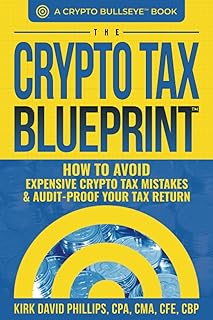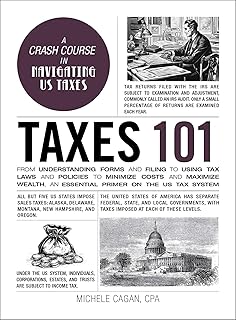The landscape of superannuation compliance is on the cusp of significant change with the impending introduction of Division 296 tax regulations. These changes, aimed at taxing unrealized gains within SMSFs, are expected to have a profound impact on the compliance environment, particularly concerning the reporting and valuation of fund assets. While the legislation is pending, trustees are advised to prepare for a new era of compliance.
Under Division 296 tax, superannuation earnings on balances exceeding $3 million will be targeted, necessitating increased scrutiny across all SMSFs. Trustees will bear the responsibility of substantiating their balance to ensure it falls below the threshold. This shift will place a premium on well-documented, evidence-based documentation to support valuation assessments.
It is imperative for trustees to move beyond subjective assessments and instead rely on independent, market-based evidence to strengthen the credibility of their asset valuations. The days of approximations and self-assessments are fading, with a growing emphasis on accurate and substantiated valuations to navigate the evolving compliance landscape.
Assets within SMSFs, particularly those comprising property, loans, and unlisted investments, will require meticulous documentation to validate their values. From real estate appraisals and loan agreements to financial statements and arm’s-length dealings, trustees must gather comprehensive evidence to justify their asset valuations.
Despite the challenges posed by obtaining supporting documentation, trustees must demonstrate due diligence in proving their balance remains below the Division 296 tax threshold. Failure to provide adequate documentation may prompt auditors to file contravention reports, highlighting the sector’s heightened compliance challenges under the new tax regime.
As the industry braces for these changes, professional services may experience delays and cost implications, underscoring the broader impact of Division 296 tax on the superannuation sector. While discussions continue around the scope of the tax’s impact, it is essential for all stakeholders to recognize the imminent shift in compliance requirements and prepare accordingly.
Naz Randeria, Managing Director of Reliance Auditing Services, emphasizes the critical role of evidence-based documentation in navigating the forthcoming compliance landscape. With the Division 296 tax poised to reshape superannuation compliance, stakeholders must adapt to the evolving regulatory environment to ensure continued adherence to compliance standards.
📰 Related Articles
- Debate Over Superannuation Tax Reforms and Division 296 Proposal
- Division 296 Tax Plan Sparks Wealthy Exodus Concerns in Australia
- Treasurer Jim Chalmers Stands Firm on Superannuation Tax Plan
- Tax Expert Urges Superannuation Reforms for Fairer Retirement System
- Superannuation Tax Showdown Looms in Parliament Amid Legislative Debate





